If you’re new to water skiing, you probably have a lot of questions. One of those questions may be, what size water skis do I need? If so, you’re in the right place! Our water ski size guide will give you everything you need to know before purchasing your water skis. The last thing you want to happen is being unable to get up or stay up because you chose a size too small on your first outing.
Water Ski Size Chart
Combo Skis
| Weight (lbs.) | Length |
| Up to 80 | 46″ |
| 90-120 | 59″-64″ |
| 120+ | 67″-69″ |
Slalom Skis
| Weight (lbs.) | 26-30 mph | 30-34 mph | 34-36 mph |
| Under 100 | 61”-64” | 61”-64” | 61”-64” |
| 105-120 | 61”-66” | 61”-64” | 61”-64” |
| 115-140 | 61”-66” | 61”-66” | 63”-66” |
| 135-160 | 64”-69” | 63”-66” | 63”-66” |
| 155-180 | 66”-72” | 66”-69” | 66”-69” |
| 175-200 | 68”-75” | 68”-72” | 66”-70” |
| 200+ | 70”-75” | 68”-75” | 68”-72” |
Many factors go into selecting the correct size skis: rider weight, boat speed, experience level, and ski type. Let’s review these individual factors in more detail so you can make the right choice.
Rider Weight
The rider’s weight is an important factor when selecting ski size; some would argue it’s the most important factor. Weight determines the rider’s ability to compress the skis. Compression is needed to ensure predictable handling. If multiple riders use the skis, you’ll want to choose a size that suits the largest rider.
Boat Speed
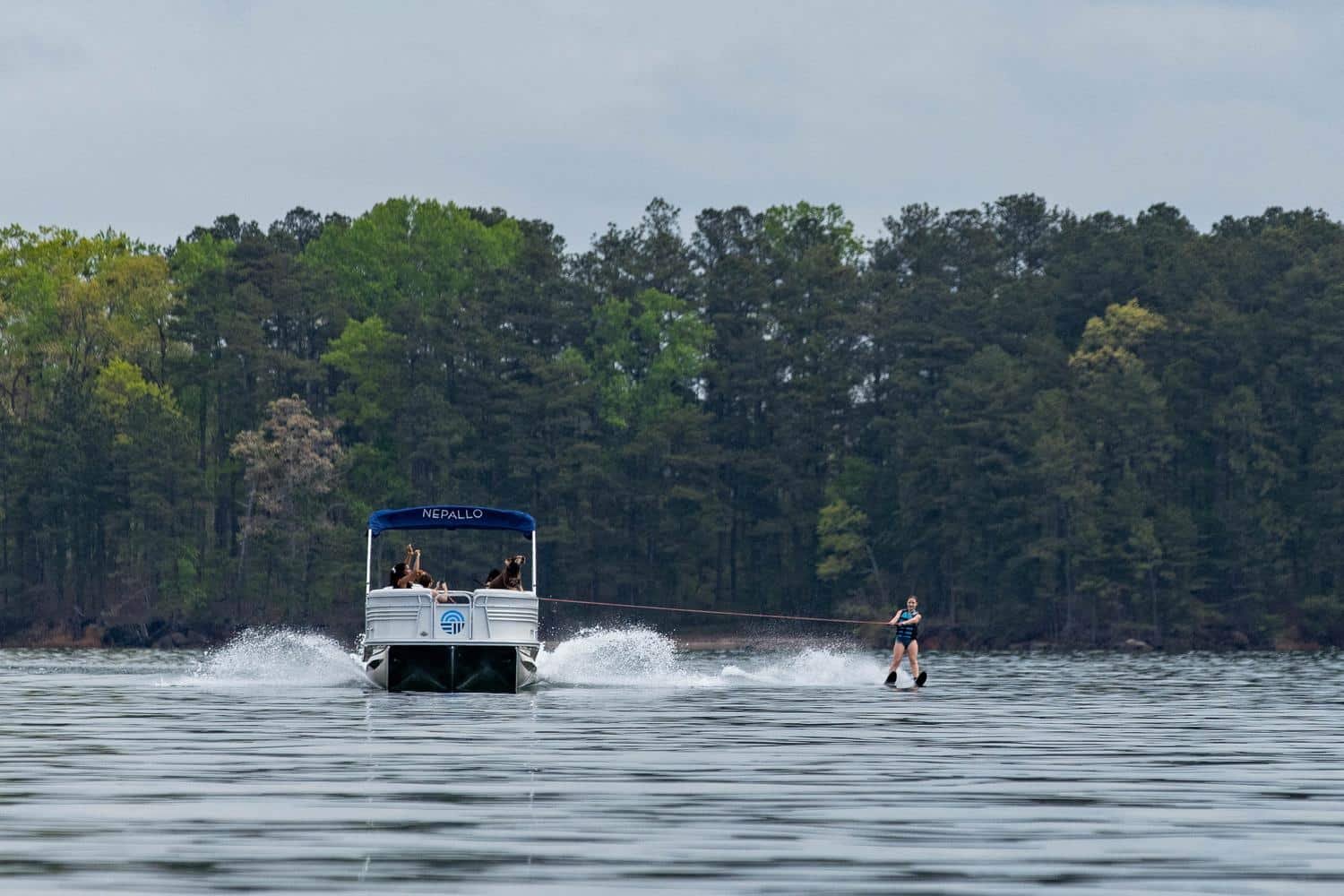
The boat’s speed also plays a big factor in ski size. Generally speaking, the faster the speed, the more experienced the rider needs to be. Let’s break down each ski speed range and what type of rider/activity it’s used for.
28 mph and Under
This is a great speed for beginners. It’s much more forgiving and makes for easier deep-water starts. You’ll want a wider ski for this speed, providing more surface area for greater buoyancy and stability.
28-32 mph
If you have some experience but aren’t quite considered advanced, you’ll find yourself cruising here. Although not as wide as beginner skis, you’ll still want your skis to be wider than course skis.
32-34 mph
For advanced riders, this speed challenges experienced users. You’ll need a much stiffer ski for these speeds to come out of turns under load.
36 mph
You’ll travel at this speed if you’re a competition skier. This is the limit for slalom skis and is reserved for advanced riders only.
Experience Level
The skill level of the rider should be noted when selecting ski size. For example, beginners should seek to use longer skis as they are easier for the rider to get up and control, whereas shorter skis are quicker and more suited for intermediate and advanced riders.
Ski Type
The type of ski you’re using is also relevant when selecting a ski size. For example, shaped skis are typically shorter than traditional skis as they have more width.
Does Gender or Age Matter When Selecting Skis?

In most cases, there isn’t a need for a women’s specific or youth-specific ski size chart. Unlike bindings, ski size is mostly based on rider weight and boat speed, which are not dependent on gender and age. Therefore, you aren’t necessarily forced to buy multiple sets of skis if you have riders of a different gender or age.
What Water Skis Are Best for Beginners?
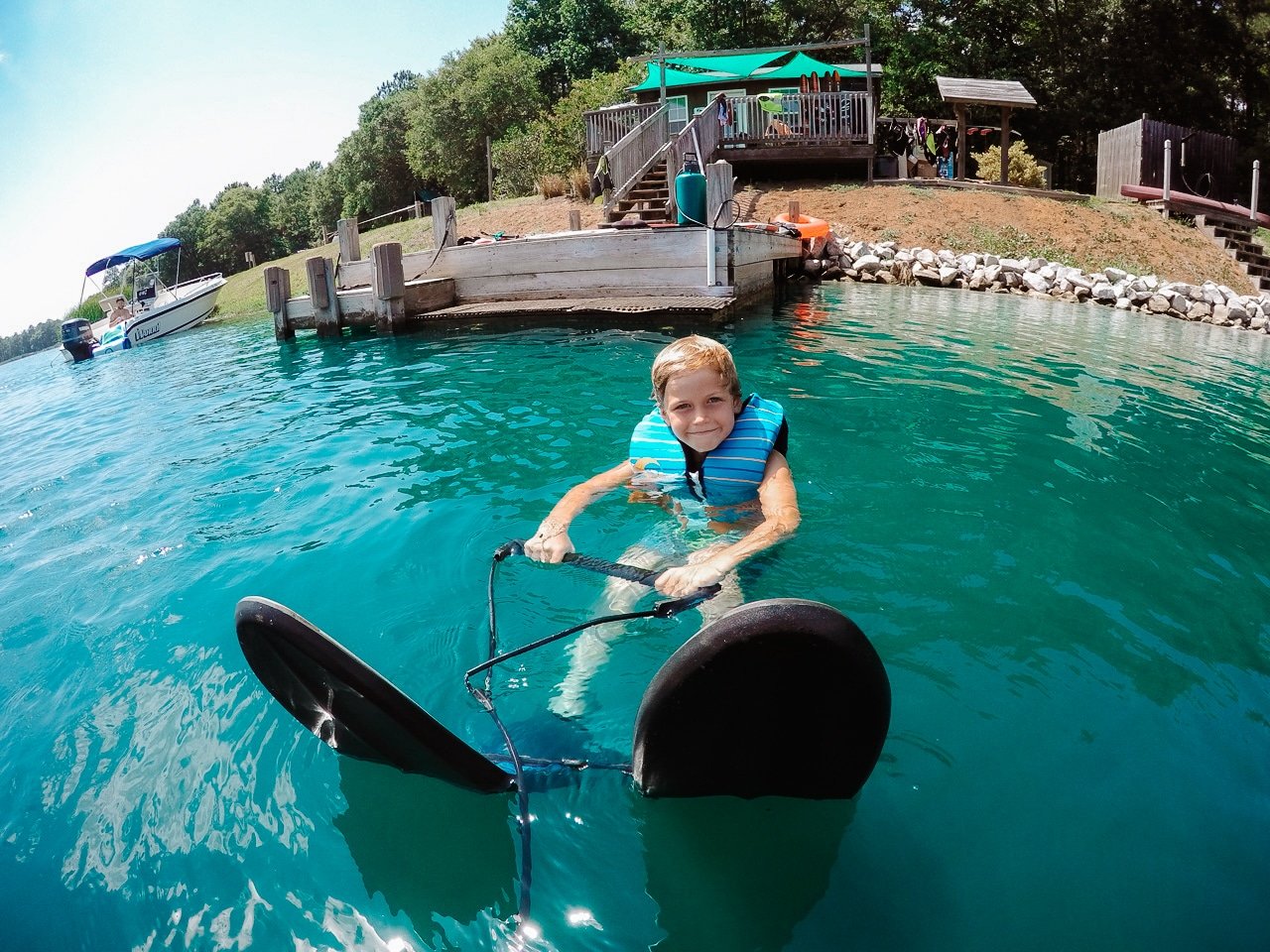
If you’re new to the sport, you’ll want to take things slow out on the water. The recommended speed for a beginner will be around 26-30 mph.
Beginners should look into trainer combo skis that are connected to aid stability and control.
Additionally, a wider set of skis will help with deep-water starts. Combine this with some practice and a “don’t quit” mentality, and you’ll be skiing in no time.
What Are the Different Types of Water Skiing?
There is more than one way to ski. Different methods suit different riders.
Traditional Skiing – The most popular type of skiing is known as traditional and encompasses slalom skiing, trick skiing, and ski jumping.
Adaptive Skiing – Designed for physically disabled athletes and incorporates sit-style skis.
Speed Skiing – Speed skiing or racing is about going as fast as possible. Races take place in a circular course or from point to point.
Barefoot Skiing – This skill is done without skis under your feet. You can be pulled from the rear or alongside with the use of a boom affixed to the ski piling.
Safety

Anything can happen out on the water, so taking every precaution possible to prevent an accident is important. A good way to start your skiing session is to review hand signals so you and the driver are on the same page. You’ll also want to check all of your gear to make sure it’s in good working order.
Personal Flotation Device
Speaking of gear, you’ll need a life jacket before you head out. Ski selection is important, but most would agree life jacket selection is even more important, as safety should always be a top priority.
Select a life jacket using the rider’s gender, chest size, and activity. For water skiing, we recommend a Type III or Level 70 PFD.
__________________________________________________________________________
It’s important to have the right gear when heading out for the first time. You’ll save yourself a lot of potential headaches getting started with the right skis. We hope you found this guide helpful and were able to choose the correct size.
Let us know what you love about water skiing in the comments below!


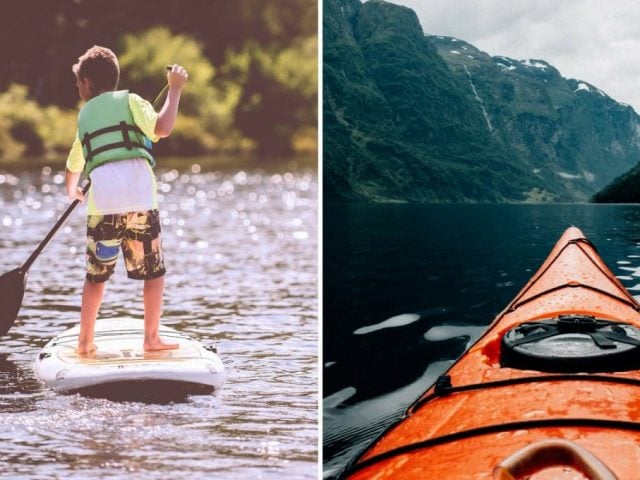
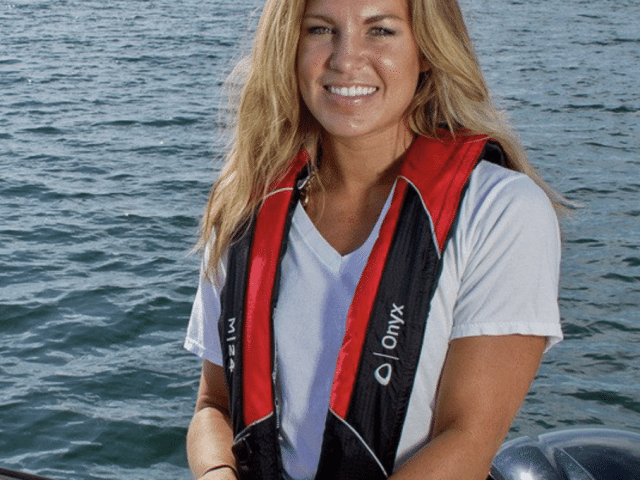
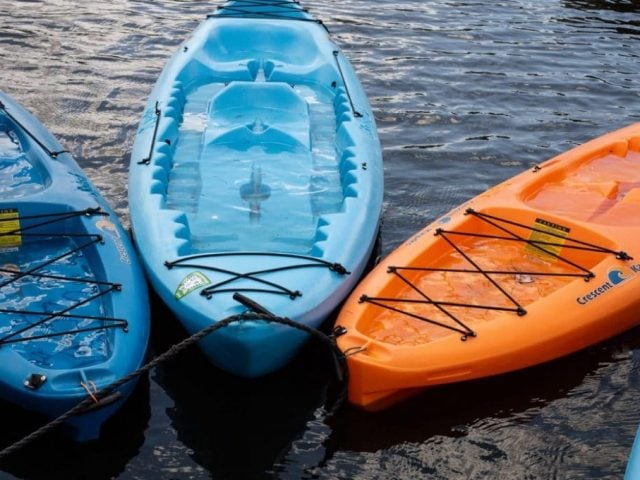
[…] other watersports like water skiing and wakeboarding, you don’t need speed. However, as your skills progress, you might find a faster […]